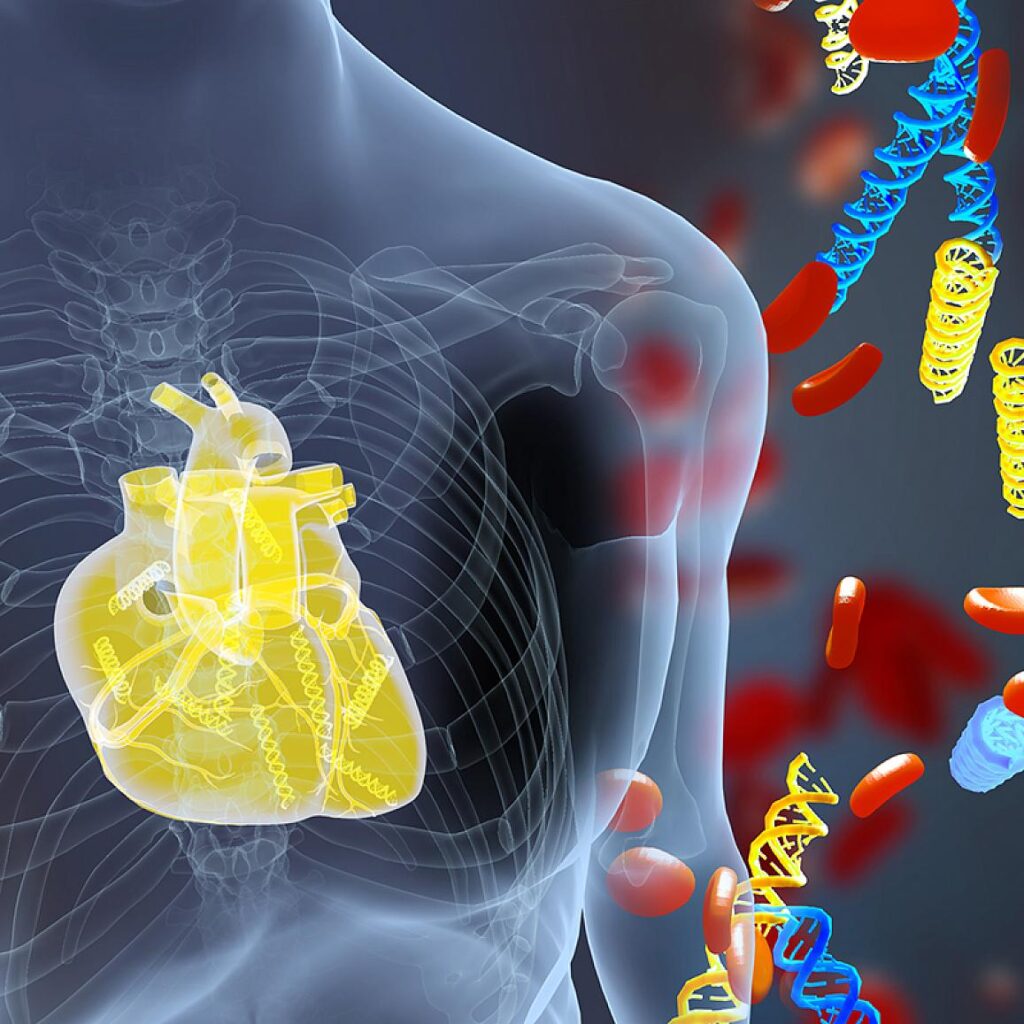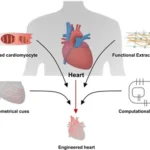Heart transplantation is a life-saving procedure for individuals with end-stage heart failure or severe cardiac disease. However, cardiac transplant rejection remains a significant challenge to long-term graft survival. This article delves into the causes, types, symptoms, diagnostic methods, and management strategies for cardiac transplant rejection.

Understanding Cardiac Transplant Rejection
Cardiac transplant rejection occurs when the recipient’s immune system recognizes the donor heart as foreign and mounts an immune response against it. This response can lead to varying degrees of damage to the transplanted organ, potentially jeopardizing its function.
Types of Cardiac Transplant Rejection
- Acute Cellular Rejection (ACR):
- Involves T-cell-mediated destruction of the graft.
- Commonly occurs within the first year post-transplant but can manifest later.
- Antibody-Mediated Rejection (AMR):
- Mediated by donor-specific antibodies (DSAs) targeting the graft.
- Typically associated with vascular inflammation and endothelial injury.
- Chronic Rejection:
- Also known as cardiac allograft vasculopathy (CAV).
- Characterized by progressive narrowing of the coronary arteries.
- Major cause of long-term graft failure.
Causes of Rejection
- Immunologic Factors: Inadequate immunosuppression or immune system activation.
- Non-Immunologic Factors: Infections, ischemia-reperfusion injury, or pre-existing DSAs.
- Recipient Factors: Age, comorbid conditions, and adherence to medical therapy.
Symptoms of Cardiac Transplant Rejection
Symptoms may vary depending on the type and severity of rejection. Common indicators include:
- Fatigue
- Shortness of breath (dyspnea)
- Palpitations or irregular heartbeat
- Low-grade fever
- Weight gain due to fluid retention
- Reduced exercise tolerance
In severe cases, rejection may present with heart failure symptoms such as peripheral edema and orthopnea.
Diagnostic Approaches
1. Endomyocardial Biopsy (EMB):
- Gold standard for diagnosing rejection.
- Involves sampling myocardial tissue for histological examination.
2. Non-Invasive Imaging Techniques:
- Echocardiography: Evaluates cardiac function and wall motion abnormalities.
- Cardiac Magnetic Resonance Imaging (MRI): Detects edema and fibrosis associated with rejection.
3. Molecular and Biomarker Testing:
- Gene expression profiling (e.g., AlloMap) for assessing rejection risk.
- Measurement of DSAs for AMR detection.
4. Blood Tests:
- Elevated levels of troponin and natriuretic peptides may indicate graft injury.
Management Strategies
Immunosuppressive Therapy
Immunosuppressive medications are the cornerstone of managing and preventing cardiac transplant rejection. Common regimens include:
- Calcineurin Inhibitors (CNIs): Tacrolimus or cyclosporine.
- Antiproliferative Agents: Mycophenolate mofetil (MMF) or azathioprine.
- Corticosteroids: Prednisone for acute episodes or maintenance therapy.
- Monoclonal Antibodies: Basiliximab or alemtuzumab for specific cases.
Monitoring and Follow-Up
- Regular Biopsies: To assess rejection status.
- Routine Imaging and Blood Tests: For early detection of graft dysfunction.
- Patient Education: Emphasizing adherence to immunosuppressive therapy and lifestyle modifications.
Emerging Therapies
- Cellular Therapies: Regulatory T cells (Tregs) to modulate immune response.
- Precision Medicine Approaches: Tailoring treatment based on genetic and biomarker profiles.
Preventive Measures
- Pre-Transplant Evaluation: Thorough donor-recipient matching to minimize rejection risk.
- Immunosuppression Optimization: Individualized dosing to achieve therapeutic levels.
- Infection Control: Prophylactic measures to prevent opportunistic infections.
- Lifestyle Modifications: Healthy diet, regular exercise, and avoiding smoking or alcohol.
Cardiac transplant rejection remains a critical concern despite advancements in medical therapy. Early diagnosis, effective immunosuppressive regimens, and regular monitoring are essential to improving patient outcomes. By understanding the nuances of rejection and implementing tailored strategies, the long-term success of heart transplantation can be significantly enhanced.

